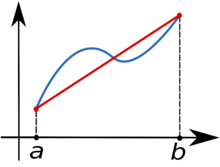user20683
user55340
user55340
user55340
user55340
user55340
user41796
user55340
user55340
user55340
user20683
user20683
user20683
user20683
user55340
user55340
user55340
user55340
user55340
user20683
user55340
user55340
user55340
user55340
user55340
user55340
user20683
user55340
user55340
user55340
user20683
user20683
user55340
user20683
user20683
user20683
user55340
user55340
user20683
user20683
user20683
user55340
user55340
user55340
user55340
user55340
user55340
user55340
user55340
user55340
user55340
user55340
user55340
user55340
user55340
user55340
user55340
user20683
user20683
user55340
user20683
user55340
user55340
user55340
user55340
user20683
user20683
user55340
user55340
user55340
user55340
user55340








